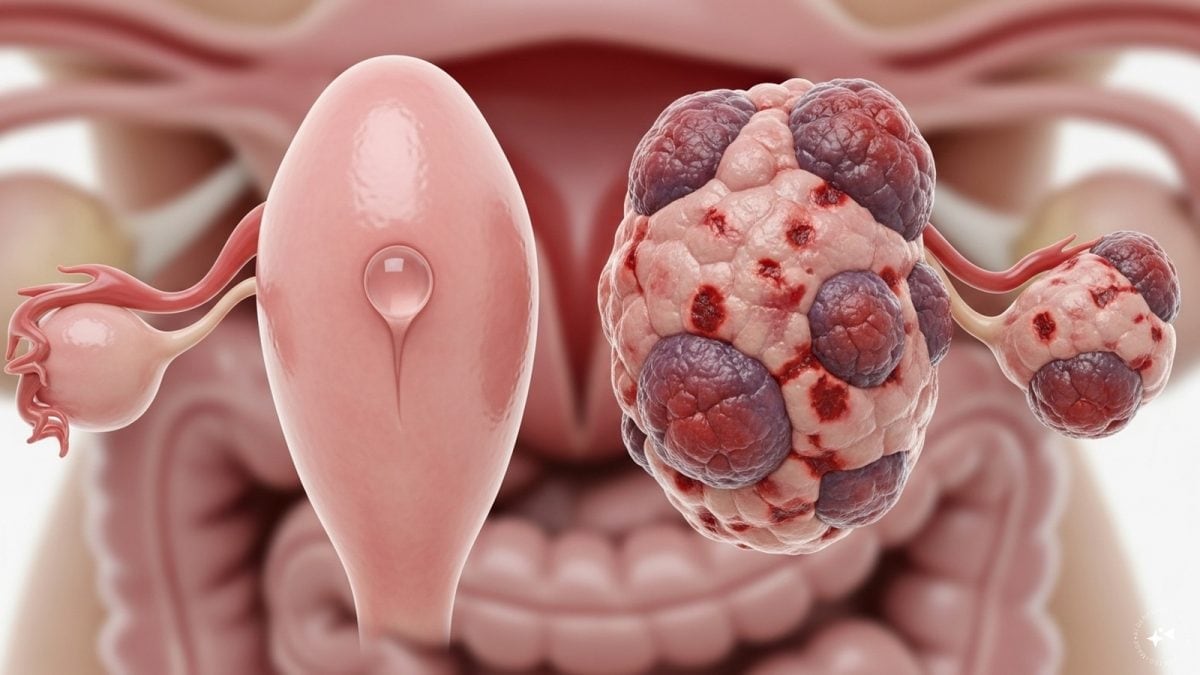Malabsorption syndrome could be pulling Indians back in the race to good health, and our climate might have something to do with it. A week since Prime Minister Narendra Modi launched the Fit India Movement for a fitter India, we take a look at a syndrome that can make us unhealthy, even when we eat a balanced diet. [caption id=“attachment_7291921” align=“alignleft” width=“380”]  Representative image. Image by Albert Dezetter from Pixabay[/caption] What is malabsorption syndrome? Malabsorption syndrome is an umbrella term for a host of conditions that impede the absorption of nutrients — not just vitamins and minerals, but also fats, carbohydrates and proteins — through the small intestine. Studies indicate that the climate of India might be a factor in the higher occurrence of this disease here: with hot and humid weather for the better part of the year, there are ample opportunities for infectious microorganisms to grow and colonise. A malabsorption epidemic was first noticed in India during World War II: both the armed forces and prisoners of war in the Indo‐Burma battlefield showed signs of it. The next major occurrence of the disease was recorded in South India, which battled with malabsorption-linked diarrhoea from the 1960s to the early 1980s. “Things are changing slowly in India, as hygiene and sanitation standards improve,” said Dr Ayush Pandey, a medical practitioner associated with myUpchar.com. “Still, a large number of cases that come to light every year,” he added. Geography of malabsorption Malabsorption is an important clinical problem, both among visitors to the tropics and the native population. Reliable data, however, is difficult to come by because the syndrome covers a range of diseases from celiac disease to tropical sprue in which the person is unable to absorb nutrients. Tropical sprue is thought to be a bacterial infection, whereas celiac disease is the result of an allergy to gluten - the protein in wheat. Scientists who have studied Indian guts say that one of the bigger issues is that our small intestines — responsible for absorbing nutrients in the body — are just structurally different to those of people living in the temperate zone. The intestine has folds which increase the surface area for absorption. In residents of countries like India (including nationals from temperate countries who have relocated to India), the tops in these folds tend to be shorter. In 2006, B.S. Ramakrishna, S. Venkataraman and A. Mukhopadhayay, wrote on “Tropical Malabsorption” in the Postgraduate Medical Journal: “About 50% of healthy south Indian villagers had xylose malabsorption, reflecting reduced mucosal surface area in the small intestine; 10% had fat malabsorption and 3% had vitamin B12 malabsorption.” (Xylose is a plant-based sugar.) Beyond anatomy The natural anatomy and physiology of the small intestine are factors we can not do anything about. But there are several other causative factors for malabsorption syndrome — like celiac disease, Crohn’s disease, liver disease, intestinal tuberculosis — that can be managed. People living with malabsorption syndrome appear lean and thin - often they have sunken eyes due to weight loss, anaemia and diarrhoea. They are likely to have vitamins and mineral deficiencies as well. If your doctor has advised that you take vitamin or other nutritional supplements, do not ignore their recommendation. Plus, it is important to visit your doctor if you have diarrhoea for more than a few days. Some of the symptoms of malabsorption are more alarming. For example, pale, greasy and bulky stool is a sign of fat malabsorption. People with these symptoms should visit their doctor without delay; the body needs fats for vital functions. “Your doctor can help you figure out the underlying disease or infection responsible for malabsorption,” said Dr Pandey. “Though malabsorption is seldom life-threatening, it’s important to address the root cause, and take your nutritional supplements, if you want to be fit in the real sense of the word,” he added. Health articles in Firstpost are written by myUpchar.com, India’s first and biggest resource for verified medical information. At myUpchar, researchers and journalists work with doctors to bring you information on all things health. To know more on this topic, please visit http://www.myupchar.com/en/disease/malabsorption-syndrome
Malabsorption syndrome is an umbrella term for a host of conditions that impede the absorption of nutrients through the small intestine.
Advertisement
End of Article


)

)
)
)
)
)
)
)
)



